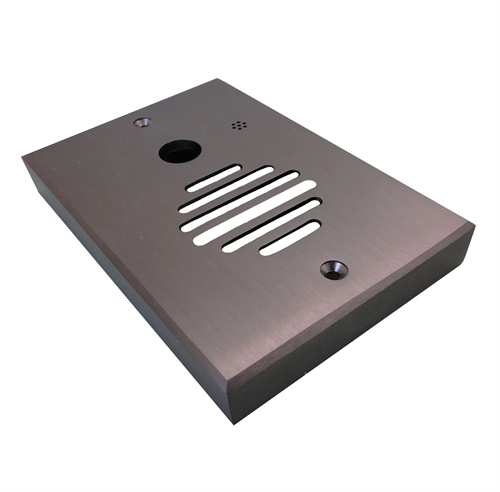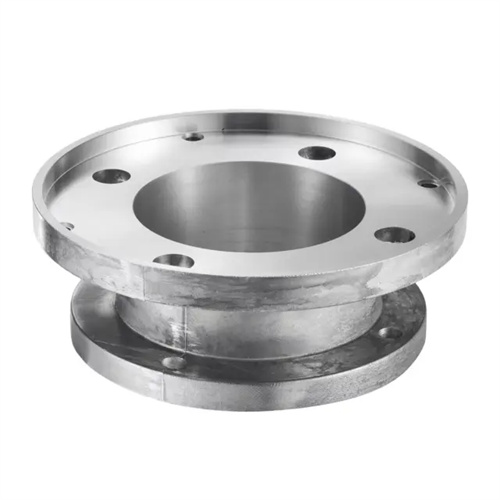Design of the Limiting and Wedging Device for the Slide of the Die-casting Die
The die-casting mold’s slider limiter and wedging device are key components for ensuring the slider’s accurate positioning during core pulling and die casting. The limiter secures the slider after core pulling, preventing movement due to vibration or inertia. The wedging device locks the slider during die closing, resisting lateral pressure from the molten metal and preventing the slider from retreating and causing dimensional deviations in the casting. The design of these two components must work in tandem to ensure reliable limiter and locking, while also avoiding structural interference. This is crucial for the reliability of the slider mechanism.

The design of the slider limiter requires selecting an appropriate structure based on the slider’s weight and the core-pulling force. For small sliders (weighing less than 5kg), a spring-and-ball limiter is an economical and practical option. It consists of a spring, a steel ball, and a positioning groove. The steel ball has a diameter of 3-5mm and is embedded in the slider to a depth of 1-2mm. The spring is a cylindrical helical compression spring with a wire diameter of 1-2mm, a free length of 15-25mm, and a pre-compression of 5-8mm. This ensures that the steel ball’s positioning force on the slider is between 50-100N, providing reliable positioning without hindering slider movement. The positioning groove must be located at the end point of the slider’s travel. It has a semicircular cross-section and a radius 0.1-0.2mm larger than the steel ball to prevent the ball from becoming stuck. The advantages of the spring-and-ball limiter are its compact structure and easy installation, making it suitable for applications with short core-pulling strokes (less than 50mm).

For medium-sized sliders ( 5-20kg ), the block limit is more reliable, and the limit is achieved by the contact between the block fixed on the template and the step surface of the slider. The block material is 45 steel, with a quenching hardness of 40-45HRC , a rectangular or L- shaped shape, a thickness of 10-20mm , and a contact area with the slider of not less than 50mm² , ensuring that the contact stress is ≤ 200MPa . The block is fixed to the template by a hexagon socket bolt, with a bolt specification of M8-M12 , a strength grade of 8.8 , and a tightening torque of 30-50N · m to prevent loosening during the die-casting process. The contact gap between the block and the slider needs to be controlled at 0.01-0.03mm , which can be achieved by adjusting the thickness of the gasket to ensure that there is no obvious impact when the slider is in place. The block limit is suitable for the core pulling stroke For 50-150mm applications, the positioning accuracy can be within 0.03mm.

Large sliders (weighing > 20kg) require a more rigid locating pin. This pin, driven by a pneumatic or hydraulic cylinder, is inserted into the slider’s locating hole to achieve locking. The locating pin has a diameter of 10-20mm, is made of Cr12MoV, has a hardness of 55-60HRC after quenching, and a surface roughness of Ra 0.8μm or less. The clearance with the locating hole is 0.01-0.02mm. The operating pressure of the drive cylinder is 0.5-0.8MPa, ensuring an insertion force of 500N or greater. The locating pin stroke is 5-10mm greater than the insertion depth, providing a safety margin. The locating pin limiter offers the advantage of reliable positioning and can be automated via a travel switch. It is suitable for large molds with core-pulling strokes > 150mm, such as die-cast molds for automotive chassis components.

The design of the wedge clamping device requires careful consideration of locking force and contact area. A commonly used wedge clamping block structure consists of a wedge clamping block body and an adjustment shim. The wedge clamping block’s bevel angle is 2°-3° greater than the slider’s. For example, if the slider’s bevel is 20°, the wedge clamping block should be 22°-23° to ensure a complete fit with the slider during mold closing. The wedge clamping block is made of Cr12MoV, with a quenching hardness of 55-60 HRC. The contact area with the slider should be ≥70%. The contact surface must be ground to a flatness error of ≤0.01mm/100mm. The locking force of the wedge clamping block must be 1.5-2 times the lateral force of the molten metal. The lateral force is calculated as Fside = P×A (P is the specific pressure of the molten metal, typically 50-100MPa; A is the lateral projection area of the core). For example, if the core projected area is 10,000 mm² and the molten metal pressure is 80 MPa , then F side = 80 × 10,000 = 800,000 N , and the locking force of the wedge block must be ≥ 1.2 × 10⁶ N.

The installation and adjustment of the wedging device are crucial to the locking effect. The wedging block is fixed to the fixed mold by bolts and locating pins, with a bolt spacing of 50-100mm to ensure uniform force; the thickness of the adjustment gasket is 0.1-0.5mm to compensate for processing and assembly errors and ensure the fit between the wedge block and the slider. For large molds, a symmetrical arrangement of two wedge blocks can be used to reduce uneven force on the slider. The spacing between the two wedge blocks is 1/3-1/2 of the slider width to ensure uniform distribution of locking force. The wedging device needs to be checked regularly for wear. When the wear of the contact surface is greater than 0.1mm, the locking effect needs to be restored by grinding the wedge block or replacing the adjustment gasket to avoid scrapping of the casting due to locking failure.
